Comments / Questions (44)
![]() Richard wrote:
Richard wrote:
J'aurais bien aimé une explication sur les pulls hommes avec un rehausse au niveau du col. Dommage c'est plus confortable. Merci
18.04.2023 - 20:43DROPS Design answered:
Bonjour Richard, dans cette vidéo, nous montrons comment tricoter des rangs raccourcis pour un pull raglan tricoté de haut en bas; cette technique pourra peut-être vous inspirer. Bon tricot!
19.04.2023 - 07:51
![]() Bets De Burgemeester wrote:
Bets De Burgemeester wrote:
Voor de dubbele hals wordt de laatste naald recht gebreid (en geminderd), daarna moet voor de pas verder gegaan worden met de tricotsteek (en vermeerderen). Ik brei op rondbreinaalden. Betekent dit dat ik verder moet gaan met recht breien? (Steeds recht breien geeft een tricotsteek op rondbreinaalden). Of is er voor rondbreinaalden een andere manier om na een rechte naald door te gaan met tricotsteek?
05.03.2023 - 17:53DROPS Design answered:
Dag Bets,
Als je in de rondte breit, brei je inderdaad de tricotsteken steeds recht (aan de goede kant)
08.03.2023 - 12:54
![]() Willie wrote:
Willie wrote:
Goedenavond, ik ben begonnen om de trui te breien. Voor de PAS heb ik voor de raglan elke naald 8 steken gemeerderd. Want klopt het dat dat bedoeld wordt met: iedere andere naald? Of had ik dat iedere 2e naald moeten? doen? Ik hoor graag wat juist is. Met vriendelijke groet, Willie
12.02.2023 - 18:10DROPS Design answered:
Dag Willie,
Nee, met iedere andere naald wordt om de naald bedoeld, dus de ene naald wel en de andere naald niet.
12.02.2023 - 18:38
![]() Janne Povey wrote:
Janne Povey wrote:
Jeg mener at der er 2 fejl i opskriften. 1 Strikkefasthed der står Får du for mange masker på 10 cm . Skift til tykkere pinde. Får du for få masker skift til tyndere pinde. Jeg mener at der er byttet om det skulle have været modsat. 2 Sæt ærmemasker på en tråd og slå 10-10 12-12-12 kun nævnt 5 størrelser Opskriften er på 6 størrelser så der mangler en. Det samme gælder i den anden side under ærmet. Hae ellers været glad for mange af jeres opskrifter.
29.01.2023 - 22:57
![]() Slavka wrote:
Slavka wrote:
Preklad v češtine je chybný - uvádza, že na raglán pridávame v každom riadku. V anglickom jazyku sa však píše, že pridávame v každom druhom riadku. Prosím opraviť český návod, pretože podľa neho upletený pulóver absolútne nesedí. Ďakujem.
18.01.2023 - 22:05
![]() MrsBirch wrote:
MrsBirch wrote:
Puserossa on kuusi eri kokoa, mutta hihojen aloituksessa uusien luotavien silmukoiden määrät vain viiteen kokoon. Mitenkähän koot näissä luotavissa silmukkamäärissä pitäisi tulkita (10,10,12,12,12)?
11.12.2022 - 15:24DROPS Design answered:
Hei, ohjeeseen tehdään korjaus. Uusia silmukoita luodaan: 10-10-12-12-12-12 kappaletta.
10.01.2023 - 14:28
![]() Stefan Schulz wrote:
Stefan Schulz wrote:
Ich verstehe nicht was das heißt: Die äußersten je 2-1-1-2-3-5 Maschen an beiden Seiten der Ärmel wurden nun also zum Vorderteil/Rückenteil hinzugenommen. Es werden 528 Maschen gestrickt und 24 unter den Ärmeln zugenommen. Die Ärmel sind dann 2x 100+12= 112. = 224. Wo wurden jetzt Maschen zum Vorderteil/Rückenteil hinzugenommen?
05.12.2022 - 18:25DROPS Design answered:
Lieber Herr Schulz, es gibt 110 Maschen für jede Ärmel (14 M + 2 Zunahmen x 48); die ersten 5 Maschen + die letzten Maschen von jeder Ärmel werden jetzt zum Vorder- / Rückenteil gestrickt, und nicht mehr für die Ärmel = nur 100 Maschen (und nicht die 110 Maschen) werden stillgelegt. Viel Spaß beim stricken!
06.12.2022 - 10:45
![]() Rikke Pedersen Feraru wrote:
Rikke Pedersen Feraru wrote:
Jeg har efterhånden strikket mange trøjer og kjoler fra jeres samling, men denne er virkelig mærkelig i halsudskæringen. For meget ud mod skuldrene og for lidt ned foran. Overvejer at strikke en helt ny hals og klippe den originale af….
19.10.2022 - 23:40
![]() Fatima wrote:
Fatima wrote:
Hei! Når det står "Fell slik på hver 8.-4.-5.-5.-8.-5.cm totalt 3-6-5-5-3-5 ganger = 216-224-248-272-304-332 masker", betyr dette at jeg skal felle på hver 4. cm hvis jeg strikker i størrelse M? Jeg er litt forvirrret over "-" foran 4-tallet.
09.10.2022 - 12:54DROPS Design answered:
Hei Fatima. Ja, det stemmer. Du skal felle på hver 4. cm i str. M. Strekene (-) mellom hver tall, er for å skille mellom alle tallene. God Fornøyelse!
09.10.2022 - 12:58
![]() Rebekka wrote:
Rebekka wrote:
Jeg kan ikke finde nogle mål ift. str. Så hvordan finder jeg ud af hvad fittet er på sweateren og hvilken str. jeg dermed skal lave?
14.06.2022 - 17:30DROPS Design answered:
Hej Rebekka, sådan her læser du måleskitsen som du finder nederst i opskriften: Således vælger du størrelse og læser måleskitsen
15.06.2022 - 15:30
Flaming Mountain#flamingmountainsweater |
|
 |
 |
Knitted sweater for men in DROPS Alpaca. The piece is worked top down, with raglan and double neck. Sizes S - XXXL.
DROPS 224-17 |
|
|
------------------------------------------------------- EXPLANATIONS FOR THE PATTERN: ------------------------------------------------------- INCREASE/DECREASE TIP (evenly spaced): To work out how to increase/decrease evenly, count the total number of stitches on needle (e.g. 136 stitches), and divide by the number of increases/decreases to be made (e.g. 20) = 6.8. In this example, increase by making 1 yarn over after each 7th stitch. On the next round work the yarn overs twisted to avoid holes. When decreasing, alternately knit together each each 6th and 7th stitch. RAGLAN: Increase 1 stitch on each side of the marker threads in the transitions between body and sleeves as follows: Work until there is 1 stitch left before the marker thread, 1 yarn over, knit 2 (marker thread sits between these 2 stitches), 1 yarn over (= 2 stitches increased). On the next round knit the yarn overs twisted to avoid holes. Then work the new stitches in stockinette stitch. A total of 8 stitches increased on each increase-round. DECREASE TIP (for body and sleeves): Decrease 1 stitch on either side of the marker as follows: Work until there are 3 stitches left before the marker, knit 2 together, knit 2 (marker thread sits between these 2 stitches), slip 1 stitch as if to knit, knit 1 and pass the slipped stitch over the knitted stitch. BINDING-OFF TIP: To avoid the bind-off edge being tight you can bind off with a larger size needle. If the edge is still tight, make 1 yarn over after approx. each 4th stitch at the same time as binding off; the yarn overs are bind off as normal stitches. ------------------------------------------------------- START THE PIECE HERE: ------------------------------------------------------- SWEATER – SHORT OVERVIEW OF THE PIECE: The neck and yoke are worked in the round with circular needle, top down. The yoke is divided for the body and sleeves and the body is continued in the round with circular needle. The sleeves are worked with double pointed needles/short circular needle, top down. DOUBLE NECK: Cast on 136-136-144-152-152-160 stitches with circular needle size 3 MM = US 2.5 and DROPS Alpaca. Change to circular needle size 2.5 MM = US 1.5 and work rib in the round (knit 1, purl 1) for 8 to 9 cm = 3⅛" to 3½". Change to circular needle size 3 MM = US 2.5. Knit 1 round and decrease 20-16-20-20-16-16 stitches evenly spaced - read INCREASE/DECREASE TIP = 116-120-124-132-136-144 stitches. Insert 1 marker at the beginning of the round; the yoke is measured from this marker! YOKE: Insert 4 marker threads, without working the stitches, as follows (start of round = mid-back): Count 22-23-24-26-27-29 stitches (= half back piece), insert marker thread-1 here. Count 14 stitches (= sleeve), insert marker thread-2 here. Count 44-46-48-52-54-58 stitches (= front piece), insert marker thread-3 here. Count 14 stitches (= sleeve), insert marker thread-4 here. There are 22-23-24-26-27-29 stitches left (= half back piece). REMEMBER THE KNITTING GAUGE! Continue with stockinette stitch, AT THE SAME TIME, on the first round, start to increase to RAGLAN – read description above. Increase like this every other round a total of 28-33-36-39-43-48 times = 340-384-412-444-480-528 stitches. Continue with stockinette stitch until the yoke measures 23-25-26-28-30-32 cm = 9"-9¾"-10¼"-11"-11¾"-12½" from the marker on the neck. Now divide for the body and sleeves on the next round as follows: Work the first 52-57-61-67-73-82 stitches (= half back piece), place the next 66-78-84-88-94-100 stitches on a thread for the sleeve, cast on 10-10-12-12-12 stitches (= in side under sleeve), work 104-114-122-134-146-164 stitches (= front piece), place the next 66-78-84-88-94-100 stitches on a thread for the sleeve, cast on 10-10-12-12-12 stitches (= in side under sleeve), work the last 52-57-61-67-73-82 stitches (= half back piece). You have now worked 2-1-1-2-3-5 stitches on each side of both sleeves into the front/back pieces. The body and sleeves are finished separately. Remove the marker threads. THE PIECE IS NOW MEASURED FROM HERE! BODY: = 228-248-268-292-316-352 stitches. Insert a marker in the middle of the new stitches under each sleeve. Continue with stockinette stitch in the round for 2 cm = ¾". Decrease 1 stitch on each side of both markers - read DECREASE TIP. Decrease like this every 8-4-5-5-8-5 cm = 3⅛"-1½"-2"-2"-3⅛"-2" a total of 3-6-5-5-3-5 times = 216-224-248-272-304-332 stitches. Continue working until the piece measures 32-32-33-33-33-33 cm = 12½"-12½"-13"-13"-13"-13" from the division (approx. 4 cm = 1½" left to finished length; try the sweater on and work to desired length). Change to circular needle size 2.5 MM = US 1.5 and knit 1 round where you increase 18-18-20-22-26-28 stitches evenly spaced - remember INCREASE/DECREASE TIP = 234-242-268-294-330-360 stitches. Work rib (knit 1, purl 1) for 4 cm = 1½". Bind off with knit over knit and purl over purl - read BINDING-OFF TIP! The sweater measures approx. 62-64-66-68-70-72 cm = 24⅜"-25¼"-26"-26¾"-27½"-28⅜" from the shoulder down. SLEEVES: Place the 66-78-84-88-94-100 stitches from the thread on the one side of the piece on double pointed needles/short circular needle size 3 MM = US 2.5 and knit up 1 stitch in each of the 10-10-12-12-12-12 stitches cast on under the sleeve = 76-88-96-100-106-112 stitches. Insert a marker thread in the middle of the new stitches under the sleeve. Work stockinette stitch in the round for 2-2-3-2-4-2 cm = ¾"-¾"-1⅛"-¾"-1½"-¾". Now decrease 1 stitch on each side of the marker – read DECREASE TIP. Decrease like this every 4½-3-2-2-1½-1½ cm = 1⅝"-1⅛"-¾"-¾"-½"-½" a total of 9-13-17-18-20-21 times = 58-62-62-64-66-70 stitches. Work until the sleeve measures 42-41-40-38-37-35 cm = 16½"-16⅛"-15¾"-15"-14½"-13¾" from the division (approx. 4 cm = 1½" left to finished length; try the sweater on and work to desired length). Change to double pointed needles size 2.5 MM = US 1.5 and knit 1 round where you increase 4 stitches evenly spaced = 62-66-66-68-70-74 stitches. Work rib (knit 1, purl 1) for 4 cm = 1½". Bind off with knit over knit and purl over purl - remember BINDING-OFF TIP! Work the other sleeve in the same way. ASSEMBLY: Fold the neck double to the inside and sew down. To avoid the neck being tight and rolling outwards, it is important that the seam is elastic. |
|
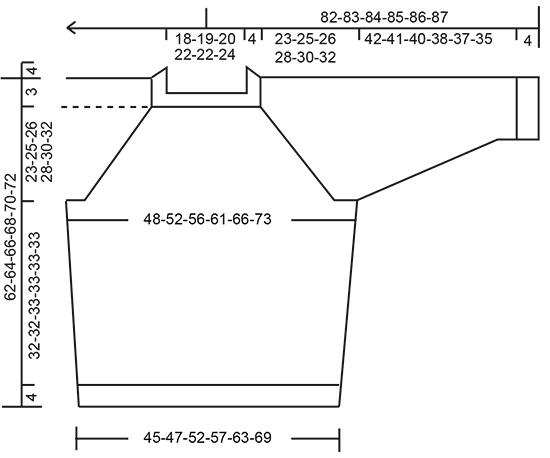 |
|
Have you finished this pattern?Tag your pictures with #dropspattern #flamingmountainsweater or submit them to the #dropsfan gallery. Do you need help with this pattern?You'll find 29 tutorial videos, a Comments/Questions area and more by visiting the pattern on garnstudio.com. © 1982-2025 DROPS Design A/S. We reserve all rights. This document, including all its sub-sections, has copyrights. Read more about what you can do with our patterns at the bottom of each pattern on our site. |
|







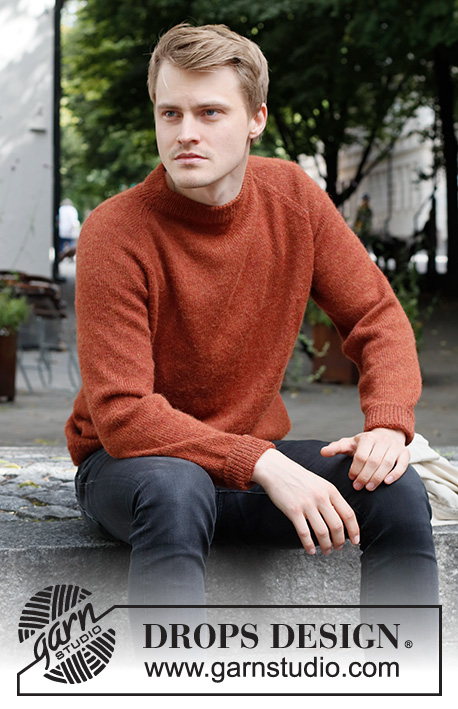

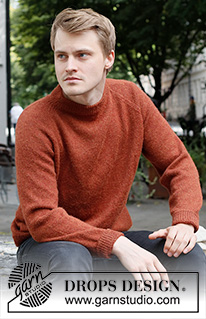
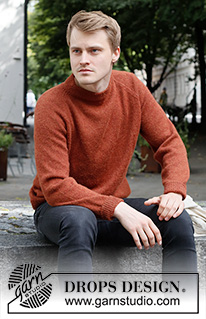

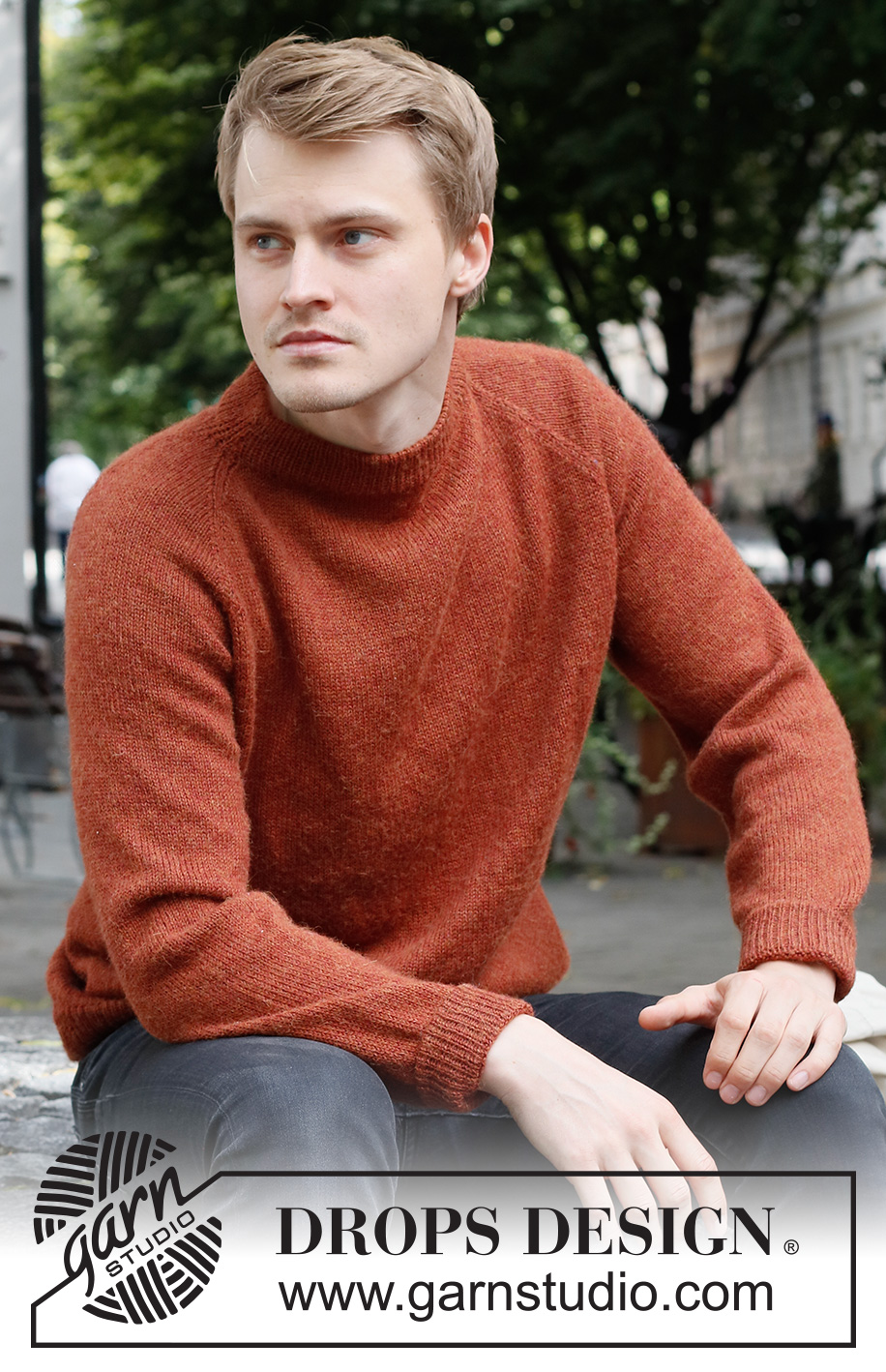
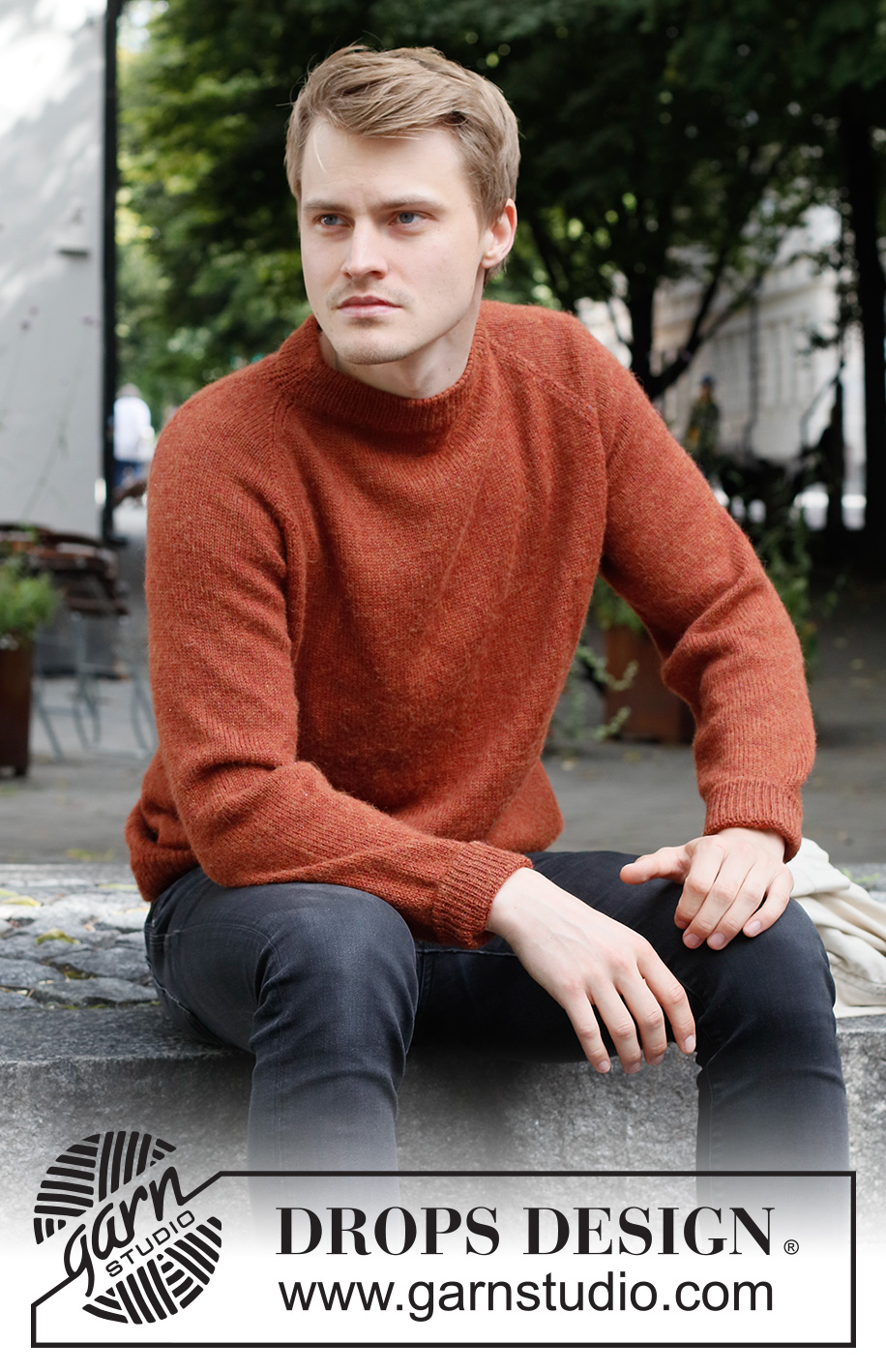







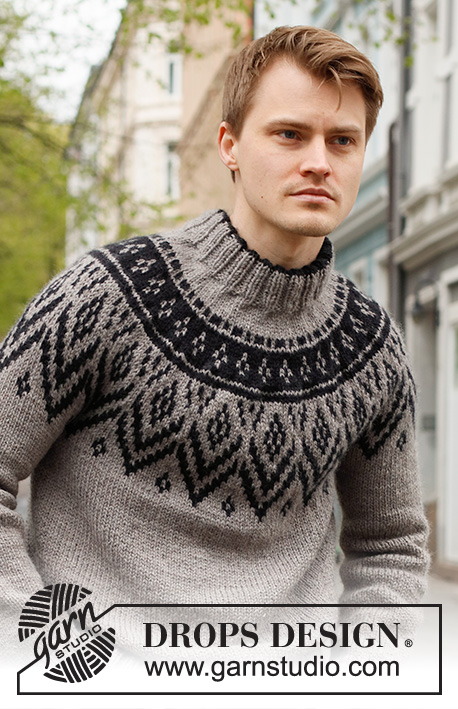











































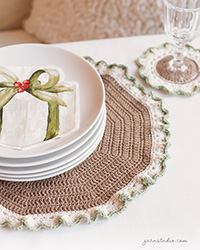


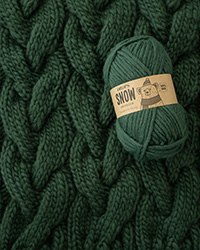
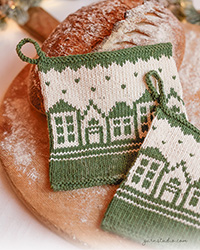
Post a comment to pattern DROPS 224-17
We would love to hear what you have to say about this pattern!
If you want to leave a question, please make sure you select the correct category in the form below, to speed up the answering process. Required fields are marked *.